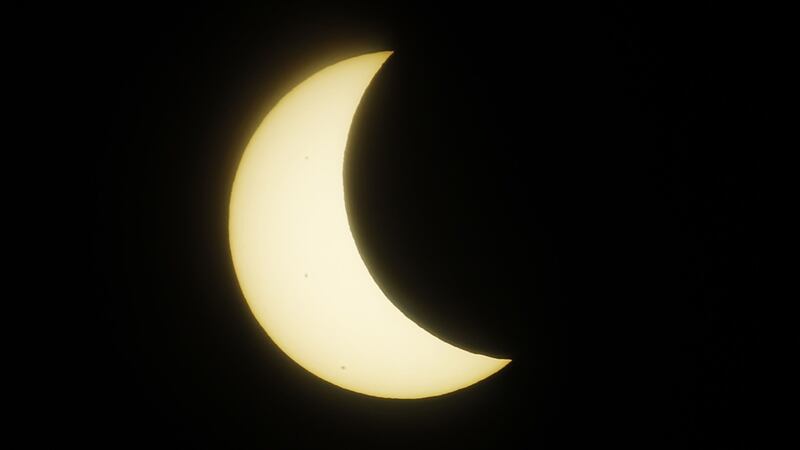All lenses will be looking skywards on August 21 as we witness a partial solar eclipse, but what’s the best way to keep you and your camera safe while trying to get the best pictures of this remarkable celestial event?
Martin Keene, Press Association’s group picture editor, gives you the low-down on how to get the best photos without compromising your pictures or your eyesight.
1. Do not look at the Sun without a special filter
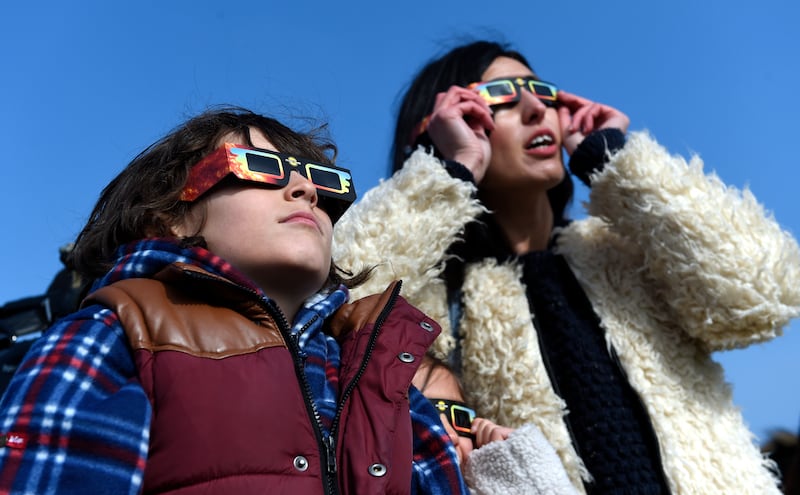
It’s wise not to look at the Sun through binoculars, telescopes or a telephoto lens on an SLR camera as you are very likely to damage your eyesight irreparably.
The only safe way to watch the eclipse directly is through solar spectacles or with a special solar filter over the lens, such as Baader AstroSolar Safety Film which cuts down the light by 99.999%.
If you have a mirrorless camera, or are using live view, you should still use the filter to avoid possible damage to the sensor.
In the US, where millions of people will be able to witness totality, it’s safe to take off your glasses and filters while the Moon is fully obscuring the Sun, but in the UK and Ireland, we will only see a partial eclipse, with the Sun only slightly obscured by the Moon.
2. Make sure your camera is on a tripod
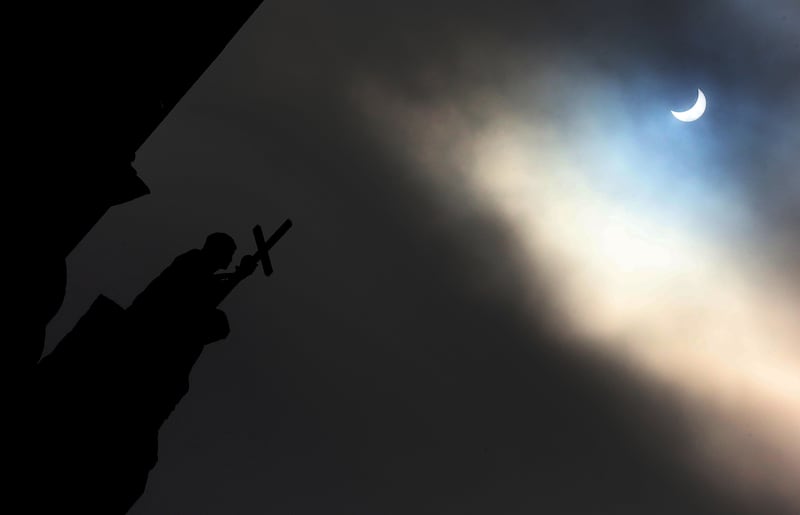
The Sun is small and you will need at least a 500mm lens with a 2x converter on a full frame DSLR to get a decent size image of our star and the area around it.
Make sure the camera is on a sturdy tripod, and set the focus to infinity.
3. Find a good location
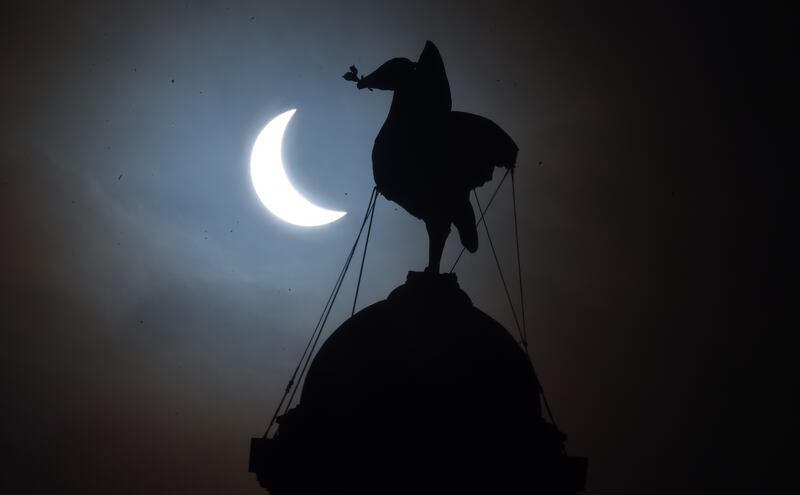
If you are going to a popular spot to watch the eclipse, then set off in plenty of time.
The solar eclipse is happening just before sunset, so you need to find a spot with a good view of the horizon while looking between west and north west – it’s worth considering going to the Welsh coast where you can look out onto the Irish Sea, to the west coast in the Highlands, or alternatively, head to the top of a hill for a good view.
Again, time spent scouting a good location a day or two beforehand will be worthwhile and many enthusiasts use The Photographer’s Ephemeris to find a spot with a view in the right direction.
You can also do some trial exposures of the Sun a few days beforehand so that you are fully prepared on the day of the eclipse.
You might want to try to photograph the eclipse near a recognisable landmark. Usually, this would be a weather vane or church steeple, but with the eclipse happening so close to the sun setting, consider looking for a pier or moored boats.
4. Get creative
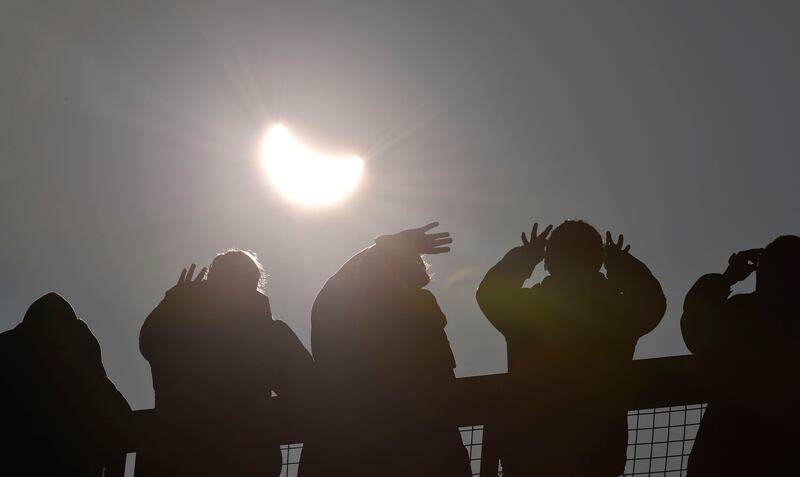
Be creative by photographing those who have come to watch the eclipse: lines of people silhouetted against the sky or enthusiasts looking through telescopes or viewing glasses.
All of those pictures will give your photographs a sense of place. And you can take those before the actual eclipse starts.
Consider contacting your local astronomical society to see where they will be watching the event.
You can also try projecting the image of the Sun from the telescope on to a piece of paper, or through a pinhole on to a piece of card.
5. And finally, don’t forget to enjoy the spectacle
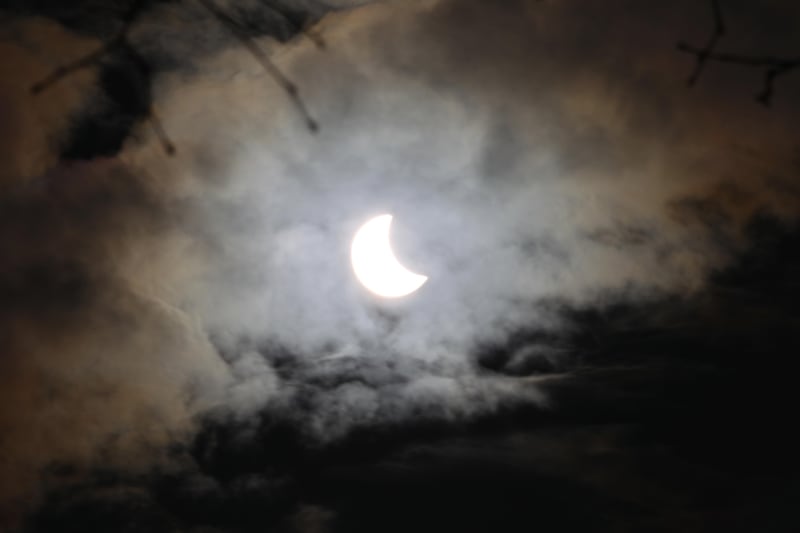
Solar eclipses are remarkable events: the Sun, the Moon and the Earth in perfect alignment.
If the event has captured your imagination and you want to see a total solar eclipse then the next ones in 2019 and 2020 will be visible in Chile and Argentina but you will have to wait until 2081 in the Channel Islands and 2090 in the UK to see one in the British Isles.
